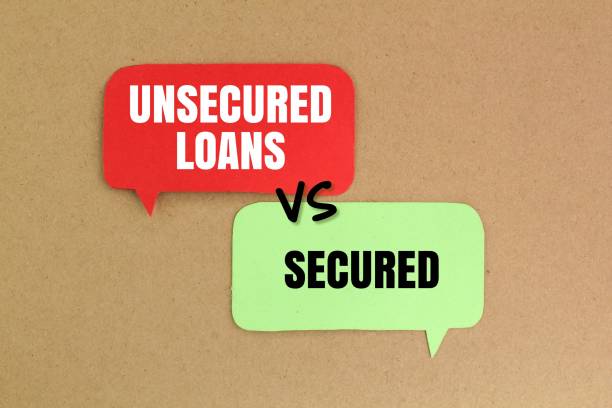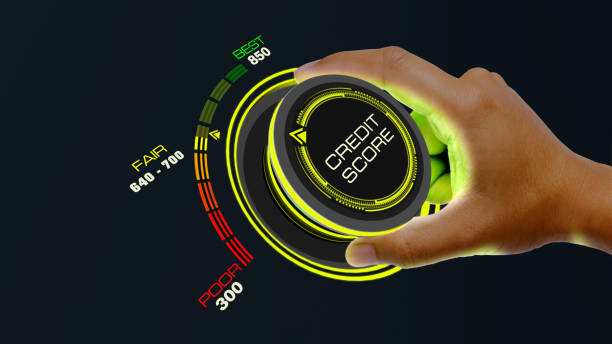As a student planning your future, you might be thinking about how to finance your education—especially if you’re aiming for higher studies in India or abroad. One of the most common ways to cover tuition fees, living expenses, or exam costs is by taking a loan. But before you apply, it’s important to understand two major types of loans: secured and unsecured.
Here’s a simple guide to help you choose the right option for your education journey.
What is a Secured Loan?
A secured loan is a loan that you get by pledging something valuable as collateral—like property, fixed deposits, LIC policies, or even gold. If you’re unable to repay the loan, the lender can claim this asset to recover their money.
When students take secured loans:
-
Education loans backed by collateral (like a house or land) are usually secured.
-
These are more common for higher loan amounts or when applying to foreign universities.
Why students consider secured loans:
-
Lower interest rates: Since the bank has security, they offer better interest rates.
-
Higher loan amount: Perfect if you’re studying abroad or pursuing expensive courses.
-
Longer repayment periods: You can repay the loan over several years, even after completing your course.
But be careful: If your family pledges an asset and you default later, the lender can take that asset.
What is an Unsecured Loan?
An unsecured loan doesn’t require you to provide any asset as security. The bank or lender gives you the loan based on your (or your co-applicant’s) credit score, income, and repayment history.
When students take unsecured loans:
-
For short-term courses or when the loan amount is small.
-
If the student (or their parents) doesn’t want to pledge any property or documents.
Why students consider unsecured loans:
-
No collateral needed: Less paperwork, quicker process.
-
Faster approval: Especially helpful if you’re close to the admission deadline.
-
Ideal for smaller expenses: Like coaching fees, study material, or short-term online programs.
Downsides: These usually come with higher interest rates and stricter eligibility—banks might deny the loan if your co-applicant doesn’t have a strong credit profile.
Quick Comparison:
| Feature | Secured Education Loan | Unsecured Education Loan |
|---|---|---|
| Collateral Needed | Yes (property, FD, etc.) | No |
| Loan Amount | Higher | Limited (usually up to ₹7.5 lakh) |
| Interest Rate | Lower | Higher |
| Approval Time | Slower (due to document checks) | Faster |
| Risk | Asset at risk if unpaid | No asset risk, but affects credit score |
Which is Better for You?
-
Going abroad or need a big amount? A secured loan might be better, especially if you have property to pledge and want lower EMIs.
-
Need funds quickly or for a small course? An unsecured loan can be faster and easier, especially if you have a good co-applicant.
Final Advice for Students
-
Always compare loan options from public banks, private banks, and NBFCs.
-
Think beyond just interest rates—check processing fees, moratorium period (how long you can delay repayment), and EMI structure.
-
Involve your parents/guardians in the decision and never sign a loan agreement without understanding the terms.




